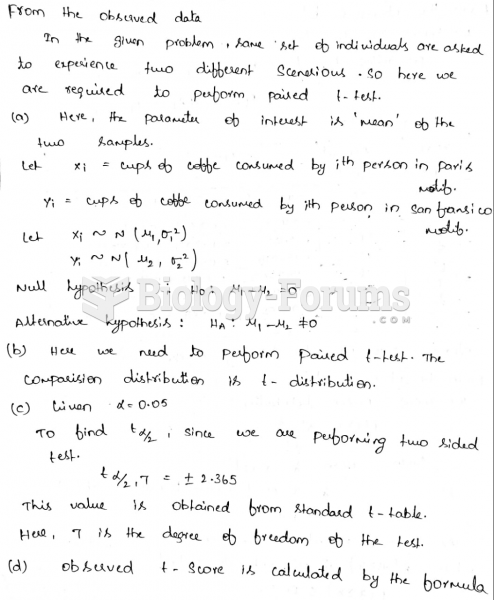Answer to Question 1
Different firms, even those in the same industry, might establish different Web presence goals. For example, Coca Cola and Pepsi are two companies that have established powerful brand images in the same business, but they have developed significantly different Web presences. These two companies frequently change their Web pages, but the Coca Cola page always includes a trusted corporate image such as the Coke bottle. Alternatively, the Pepsi page is generally filled with links to a variety of activities and product-related promotions.
These Web presences convey the images each company wants to project. Each presence is consistent with other elements of the marketing efforts of these companies Coca Colas traditional position as a trusted classic, and Pepsis position as the upstart product favored by a younger generation.
Answer to Question 2
Chris Anderson, the editor of Wired Magazine, argued in 2004 that the economics of producing and selling digital products is substantially different from the economics of producing and selling physical products. In his books, he explains that physical products benefit from the production of standardized versions that generate economies of scale. Because each unit of production requires materials and labor, using the same materials allows large producers to buy those materials at lower costs by ordering in bulk. Labor costs can be reduced by training workers to do specific production tasks efficiently. Since most of the cost of a physical product is in the manufacture of each unit, the key to making a profit is to reduce the costs of manufacturing.
The basic economics of selling digital products are different. Digital products have large up-front costs. Once those costs are incurred, additional units can be made at very low additional cost. For example, a software program can cost thousands (or even millions) of dollars to create because it requires many hours of expensive programmer time to design, code, and test. But once the software is in production, creating additional units costs very little (especially if those units are distributed in digital form, online). Making minor changes in the program so that it works better for different types of customers can be relatively inexpensive, too. Thus, the profitability of digital products depends on factors that are quite different from those that determine the profitability of physical products.






